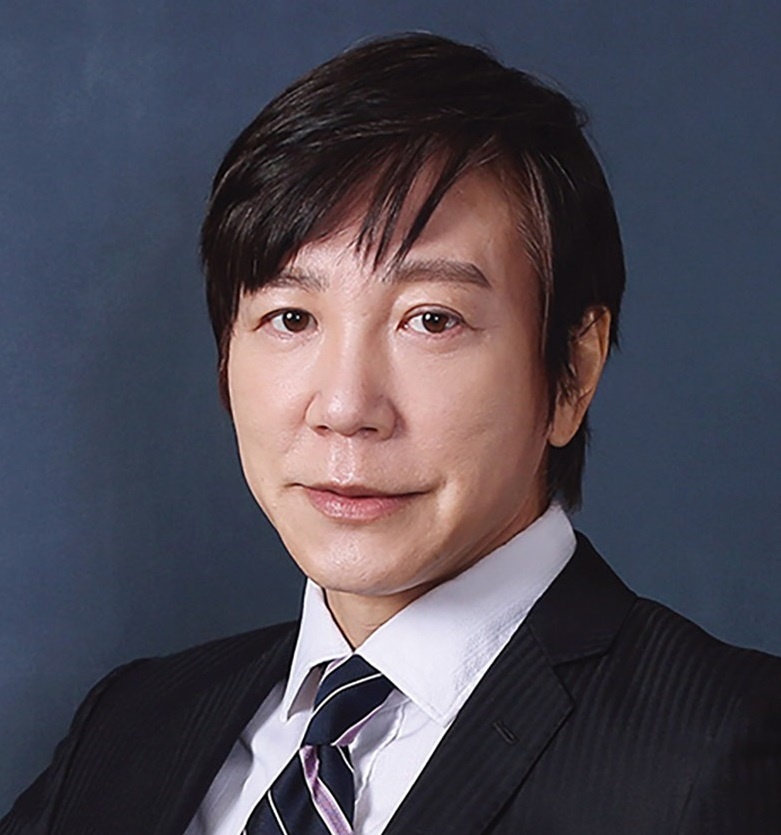Digitalisation on mind of Japanese manufacturers
 |
| Takeo Nakajima, chief representative of JETRO Hanoi and vice chairman of the Japan Chamber of Commerce and Industry |
Foreign-invested manufacturers in Vietnam face challenges in hiring the needed talent for growth, with digital skills being a top consideration. Are Japanese companies facing the same situation, and which industries are facing the biggest shortfall?
According to last year’s survey by the Japan External Trade Organization (JETRO), Japanese companies’ most significant investment risk in Vietnam is rising labour costs (60 per cent). Regardless of the industry, wages rise and companies struggle to retain workers. In addition, the high turnover rate has increased. The companies that pointed out the issue grew from 33 per cent in 2016, 39 per cent in 2019, and 43 per cent in 2021.
In addition, the pandemic worsened the situation. Labour shortages and difficulty in hiring experts and engineers went up from 8.6 per cent in 2020 to 26 per cent in 2021. The companies faced a harsh environment of employees quitting and not returning.
For IT engineers, their salaries do not differ much in Asia. The salary difference between Thai and Vietnamese workers is almost double, but the figure between IT staff is only about 1.3-fold. There is no significant salary difference between Thai and Vietnam IT managers in non-manufacturing sectors. In sum, Vietnamese IT talents receive relatively higher salaries than other industries in Vietnam.
How did Japan’s processing and manufacturing perform in Vietnam last year, and what should be looked at most in terms of performance in this country moving forward?
Last year was a challenging one for all manufacturing industries. For some industries, demand shrunk and inventories rose. Other companies faced limitations in importing parts and materials, did not operate at total capacity, and exported little and slowly due to disruptions in distribution.
Last October, the Vietnamese government relaxed restrictions and overseas markets entered a recovery period. However, many workers who left for their hometown did not return. More companies missed orders because the infection rate was still high and recruitment did not progress.
Manufacturing showed a significant decrease, down 4.1 per cent, in the third quarter of GDP in 2021 but returned to an increase of 8 per cent in the fourth.
Concerns continue to be about a weak recovery in domestic markets and congested international logistics. In addition, the Ukraine crisis casts a dark shadow over the global economy.
According to the 2021 JETRO survey, there are three main areas to be considered as a focus. The first is digitalisation – among companies who are active digital users, 60 per cent are carrying out e-commerce and 37 per cent are considering it. Just over 40 per cent say they are using robots and 20 per cent are considering introducing them. Due to rising labour costs and difficulty hiring people in Vietnam, quite a few companies are interested in man-assistance, labour-saving, and automation technologies such as 3D printers, the Internet of Things, AI, and digital marketing.
The second factor is value-added production. The transfer of production from China and Japan to Vietnam progresses, and Japanese companies want to shift more challenging production and use valuable materials in Vietnam. According to our survey, “expanded high-value-added products production” increased by 2 points and “expanded commodity goods production” decreased three points from four years ago.
The third area is saving energy and other environmental considerations. Companies should introduce environmentally-friendly production activities such as recycling, wastewater treatment, waste reduction, dust removal, and CO2 reduction. Aiming for carbon neutrality by 2050 will increase operating costs in the short term, but Japanese companies have abundant experience in this field.
What are your expectations of the government’s policies, especially in terms of a favourable investment climate and growth of supply chains?
Short-term uncertainties are the future of the global economy over the situation in Ukraine, rising energy prices, and the remaining supply chain turmoil. Vietnam is an open trading economy and the overseas markets heavily influence the country. From March 15, the Vietnamese government has abolished most immigration restrictions for international visitors, expecting foreign investment to recover and tourism and business traffic to increase.
Recovery of the domestic market is essential, too. Half of the Japanese companies in Vietnam are targeting this domestic market.
Vietnam has grown to become one of the world’s leading manufacturers in processing and assembly. However, labour costs here are rising year by year. Vietnam’s manufacturing will challenge the value-added industry, and breaking away from low-value production is essential. Without this, multinationals would eventually move production to countries with lower labour costs.
Technology changes quickly, and the country needs to respond to the transformation. In the United States, Japan, Germany, and France, the manufacturing industry has been an important economic engine for more than a century. There needs to be an education and training system that constantly produces such engineers, and re-education and re-training systems are also indispensable.
What the stars mean:
★ Poor ★ ★ Promising ★★★ Good ★★★★ Very good ★★★★★ Exceptional
Related Contents
Latest News
More News
- CONINCO announces new chairman and CEO (December 10, 2025 | 11:00)
- How AWS is powering the next-gen data era (December 09, 2025 | 13:14)
- Outlook in M&A solid for Singapore (December 08, 2025 | 10:31)
- Vietnamese firms are resetting their strategy for global markets (December 05, 2025 | 17:04)
- LPBank Securities accelerates AI and data innovation with AWS (December 05, 2025 | 09:00)
- Improving traceability capacity with Zebra Technologies (November 26, 2025 | 10:08)
- Ho Chi Minh City engages 500 CEOs in dialogue on building global megacity (November 25, 2025 | 16:00)
- CEO shares insights on Phu My 3 IP’s journey to green industrial growth (November 17, 2025 | 11:53)
- NS BlueScope CEO highlights decade of sustainable steel efforts (November 15, 2025 | 10:00)
- SCG maintains strong cash flow and drives low-carbon growth in Q3 (November 07, 2025 | 09:53)

 Tag:
Tag:



















 Mobile Version
Mobile Version